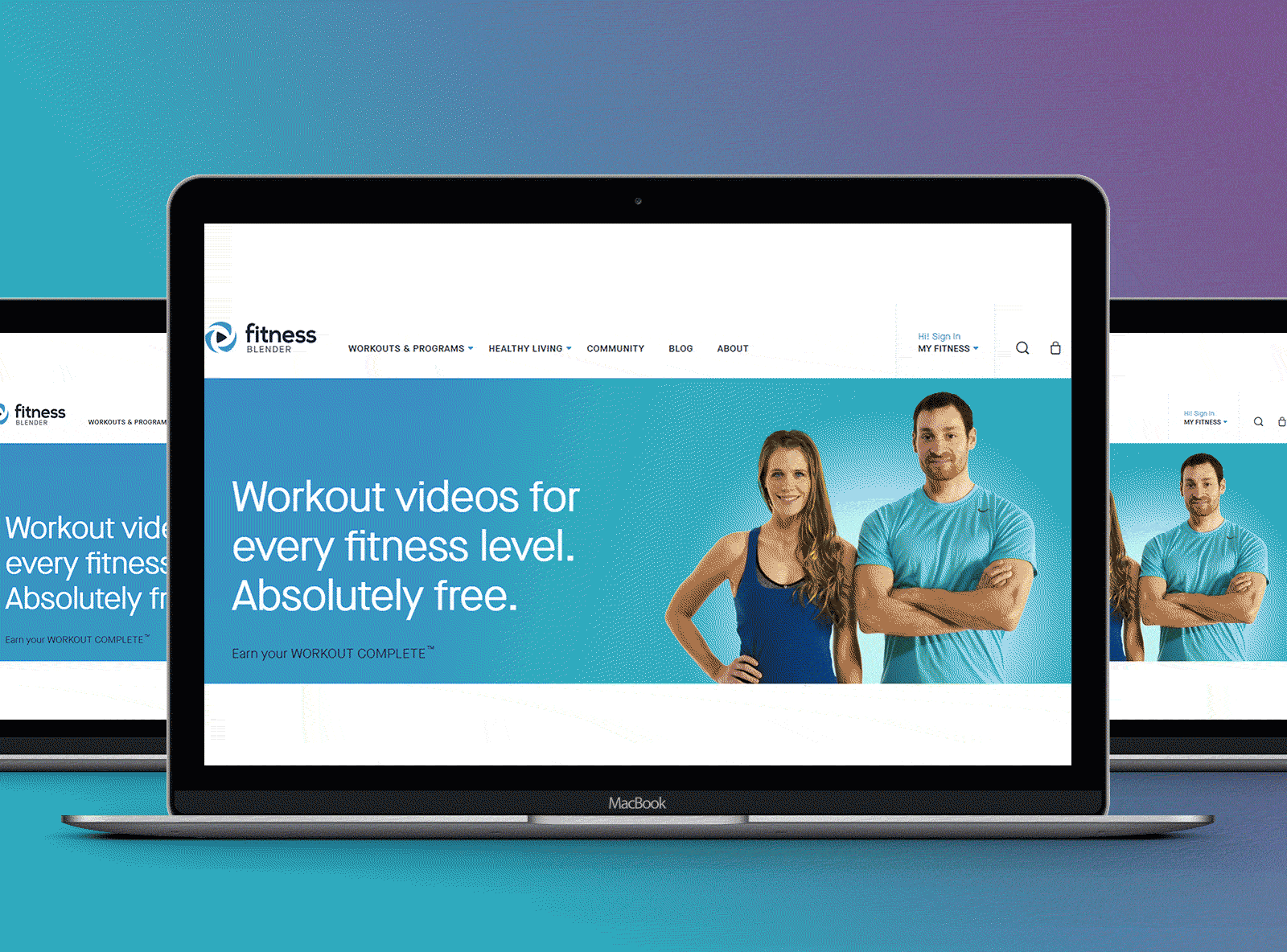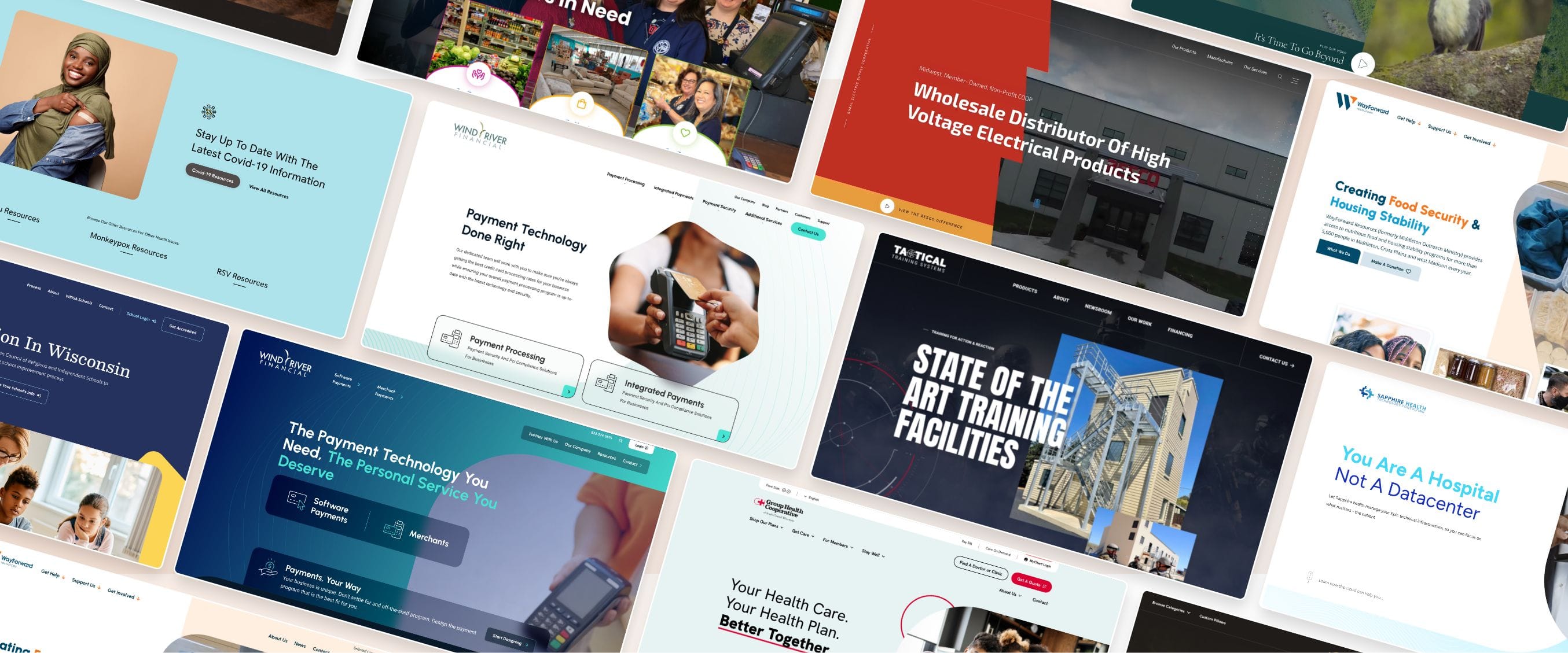The Power of User-Centered Website Style in Expanding Your Online Target Market
Reliable layout concepts-- such as intuitive navigating and availability-- are essential in promoting individual contentment and loyalty. What techniques can organizations embrace to ensure their designs resonate with customers and eventually drive growth?

Comprehending User-Centered Design
User-Centered Design (UCD) is a basic technique to site development that focuses on the needs, preferences, and actions of end customers throughout the layout procedure. This methodology highlights comprehending customers deeply-- with research methods such as meetings, studies, and use screening-- to produce a website that resonates with them. By integrating individual feedback at every stage, developers can make certain that the final product lines up closely with customer assumptions.
UCD promotes iterative style, where prototypes are checked and improved based on customer communications and experiences. This cycle not just improves use yet additionally fosters a feeling of possession amongst users, as they feel their input is valued and impactful. Furthermore, UCD assists recognize prospective barriers and pain factors in the individual journey, enabling designers to address these difficulties proactively.
Eventually, embracing UCD results in web sites that are much more user-friendly, appealing, and efficient. By putting users at the center of the design procedure, organizations can produce digital experiences that not just draw in but likewise preserve their target audience, driving higher complete satisfaction and loyalty. In an affordable on-line landscape, this method is important for achieving continual success.
Trick Principles of User Experience
A successful user experience (UX) rests on numerous essential concepts that direct the layout procedure and improve communication between users and the site. Functionality is paramount; the website must be instinctive, permitting users to navigate conveniently and discover information promptly. This includes clear labeling and a rational framework that lessens cognitive load.
Second of all, availability plays a crucial role in making sure that all users, despite their abilities or specials needs, can successfully involve with the website. Integrating alt message for photos, keyboard navigation, and display visitor compatibility fosters inclusivity.
Consistency is one more vital principle. A natural style language, from color systems to typography, helps individuals develop knowledge and trust fund with the website (Website Design). It additionally strengthens brand name identification
Additionally, feedback systems are crucial. Individuals ought to obtain clear and immediate reactions to their actions, whether with visual signs or verification messages, which boosts their self-confidence in browsing the website.
Lastly, mobile responsiveness can not be ignored. With a raising number of individuals accessing internet sites via smart phones, a layout that adjusts effortlessly to various screen dimensions is essential for maintaining a favorable individual experience.

Benefits for Online Engagement
Reliable online engagement uses many advantages that can considerably improve a web site's total performance - Website Design. By fostering purposeful communications between customers and the site, companies can cultivate a dedicated target market that returns with consistency. Involved individuals are more probable to share material, thus increasing organic reach and drawing in new site visitors through word-of-mouth promotion
Improved online interaction likewise leads to improved user fulfillment. When customers discover a web site that resonates with their requirements, they are much more inclined to discover its offerings thoroughly, which can bring about greater conversion rates. In addition, engaging web content motivates customers to invest more time on the website, decreasing bounce rates and positively affecting online search engine ranking algorithms.
In addition, effective interaction gives vital understandings into customer preferences and behaviors (Website Design). By analyzing user interactions, organizations can tailor their content and design strategies to meet the progressing expectations of their target market. This adaptive method not only increases interaction but also reinforces the brand's track record as user-centric and receptive
Eventually, prioritizing on-line engagement via user-centered style creates a flourishing ecological community where both the company and the target market benefit, bring about sustained development and success in the digital landscape.

Methods for Reliable Design
To take full advantage of the benefits of online engagement, using details techniques in web site layout is vital. Instinctive navigation is vital; users should easily locate information without complication. A well-structured menu, clear labels, and a sensible hierarchy enhance the individual experience and reduce bounce prices.
Second, responsive layout is vital in today's multi-device setting. Guaranteeing that an internet site adjusts seamlessly to various screen dimensions cultivates accessibility, thus suiting a broader audience. This adaptability not just improves customer contentment but also favorably impacts internet search engine rankings.
Third, the use of aesthetic pecking order guides users' focus to important elements, such as contact us to home action (CTAs) Utilizing contrasting colors, differing font sizes, and tactical spacing can successfully route customers towards desired activities, promoting higher communication.
Furthermore, implementing regular branding across all pages develops trust fund and acknowledgment. A cohesive color plan, typography, and images strengthen brand name identification and create a professional appearance.
Last but not least, enhancing loading rates is important. Users are less likely to involve with a slow-loading site, making performance optimization an essential facet of efficient style. By including these strategies, website designers can boost user experience and inevitably grow their on the internet target market.
Real-World Success Stories
Success tales in user-centered site design illustrate the substantial advantages of prioritizing individual experience. One significant example is the redesign of the internet site for the not-for-profit company, Charity: Water. By including customer feedback, the organization streamlined navigation and highlighted narration through impactful visuals. Therefore, they experienced a 250% rise in on the internet donations, demonstrating how an user-friendly design can drive individual involvement and support.
Another compelling case is that of Airbnb, which made use of user-centered design concepts to enhance their reservation process. By streamlining the customer trip and integrating individualized suggestions, they considerably decreased website desertion prices. This concentrate on customer experience added to a revenue development of over 70% in a solitary year, highlighting the relationship between well-designed user interfaces and monetary success.
Additionally, the shopping titan, ASOS, carried out customer testing to fine-tune their mobile application. By addressing individual discomfort factors, they attained an exceptional 30% increase in mobile sales. These examples highlight that investing in user-centered style not just improves user fulfillment yet additionally drives concrete see post company results, enhancing the crucial role of user experience in accomplishing on the internet growth.
Conclusion
To conclude, user-centered internet site design functions as a vital technique for enhancing on the internet target market interaction. By focusing on user demands and choices, organizations can create instinctive and available electronic experiences that promote loyalty and drive conversions. The combination of user comments throughout the design procedure not only reduces bounce prices but likewise encourages expedition. Inevitably, adopting effective user-centered style concepts can dramatically add to an organization's success in a competitive electronic landscape.
User-Centered Style (UCD) is an essential approach to internet site advancement that focuses on the requirements, preferences, and actions of end individuals throughout the layout process. By incorporating customer responses at every stage, designers can make certain that the last product lines up very closely with individual assumptions.
An effective individual experience (UX) pivots on numerous key principles that guide the design process and enhance interaction between individuals and the website.Success tales in user-centered web site style show the tangible advantages of prioritizing individual browse around here experience. These instances highlight that investing in user-centered layout not only boosts customer fulfillment yet also drives concrete organization outcomes, enhancing the vital duty of customer experience in achieving on the internet development.